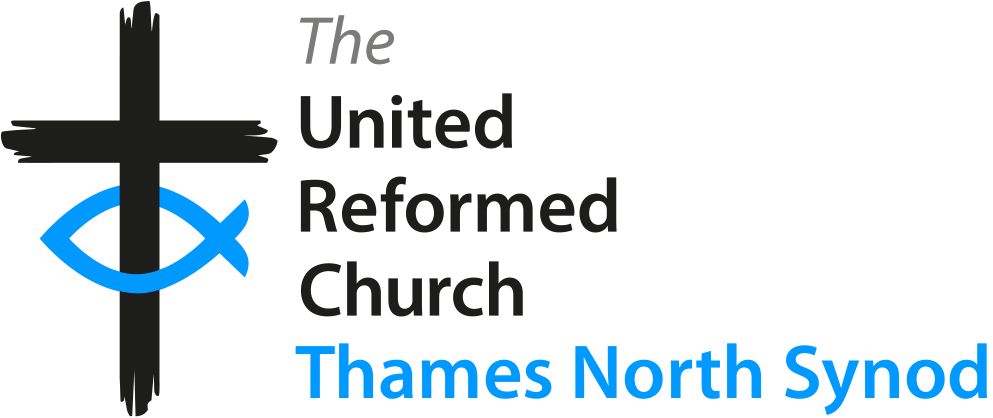Safeguarding
-
How we protect and support children, young people, and vulnerable adults across our churches.
-
Reporting a Safeguarding Concern
If you’re worried about someone’s safety, find out how to report your concerns clearly and confidentially.
-
Safeguarding Training & Events
Stay up to date with training opportunities to help you and your church create a safer environment.
-
Learn to recognise the signs of specific safeguarding issues, including different types of abuse, exploitation, and vulnerability.
-
Understanding the signs of domestic abuse and how to respond.
-
Information on how to recognise and report grooming and exploitation.
-
Guidance on identifying and dealing with issues of financial abuse.
-
Advice to follow in the event of honour-based abuse or forced marriage.
-
Managing Risks & Safeguarding Agreements
The formal process for managing individuals who may pose a risk to others within the church community.
-
Coping with the experience of losing someone important to us.
-
Financial Hardship & Homelessness
Understanding vulnerability and finding sources of help.
-
IICSA (Independent Inquiry into Child Sexual Abuse)
The findings from the Independent Inquiry into Child Sexual Abuse.
-
-
Safeguarding Policies & Guidance
Essential policies and best practice guidance for keeping people safe in our churches.
-
The official Safeguarding Policy for Children and Adults for the Thames North Synod.
-
Guidance on the safeguarding responsibilities and duties of Elders as charity trustees.
-
Safer Recruitment and Volunteers
The principles and procedures for ensuring only suitable people work with children and adults at risk.
-
Best practices for safe online communication and ministry.
-
Activities in Private Dwellings
Guidance on assessing and managing the unique risks of holding church activities in private homes.
-
-
Safeguarding Resources & Forms
Download essential safeguarding forms, templates and printable materials for use in your church.
-
Get in touch with our Safeguarding Officers for confidential advice, support, or reporting.
-
Domestic Abuse
Understanding the signs of domestic abuse and how to respond.
The government defines domestic abuse as an event or pattern of events of controlling, coercive or threatening behaviour, violence or abuse between people aged 16 or over who are (or have been) intimate partners or family members.
Physical violence is just one type of abuse – domestic abuse can be any behaviour which is used to harm, punish or frighten you, or makes you feel bullied, controlled or intimidated. This includes mental, sexual, financial and emotional abuse and other harmful practices such as female genital mutilation (FGM), so called ‘honour’ based violence and forced marriage.
Friends, family, neighbours and community members can be a vital lifeline to those living with domestic abuse. If you are worried that someone you know may be a victim, you can help:
- Contact your church safeguarding coordinator or the Synod Safeguarding Officer if you become concerned. Find their details on our Safeguarding Contacts page.
- Call the Police if someone is in immediate danger.
- Make training and advice accessible in your church to help identify and support those at risk.
- Signpost to the support agencies listed on our Safeguarding Contacts page. Be aware of the need for discreteness so as not to place survivors in any further danger.
- Promote that those fleeing violence are exempt from any order to “stay at home” and can leave to keep themselves safe.
For further information relating to child protection and safeguarding, please see the NSPCC website.
